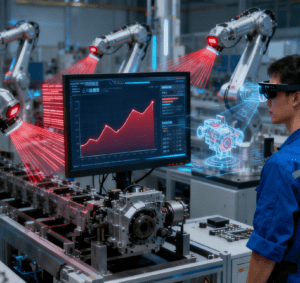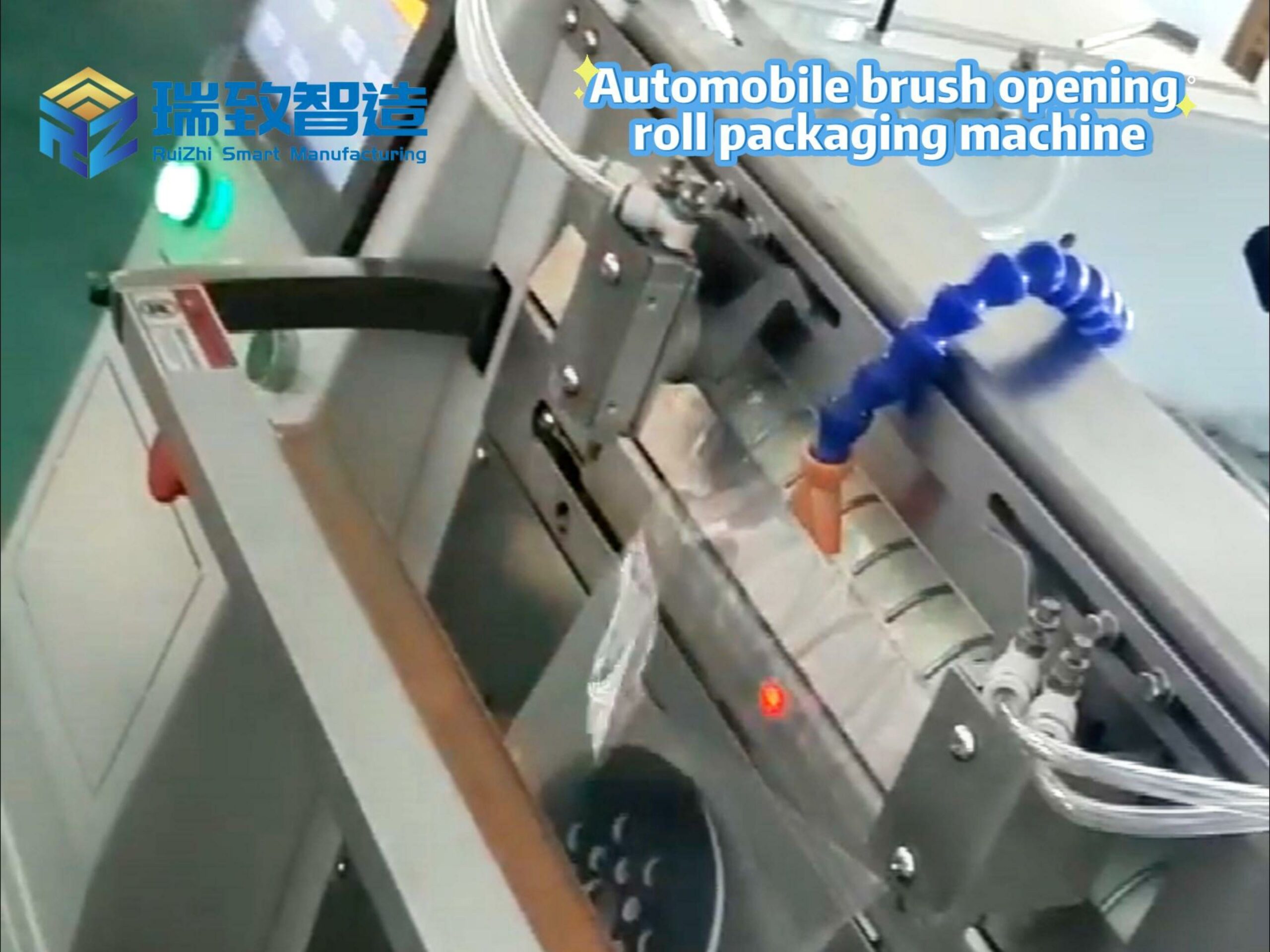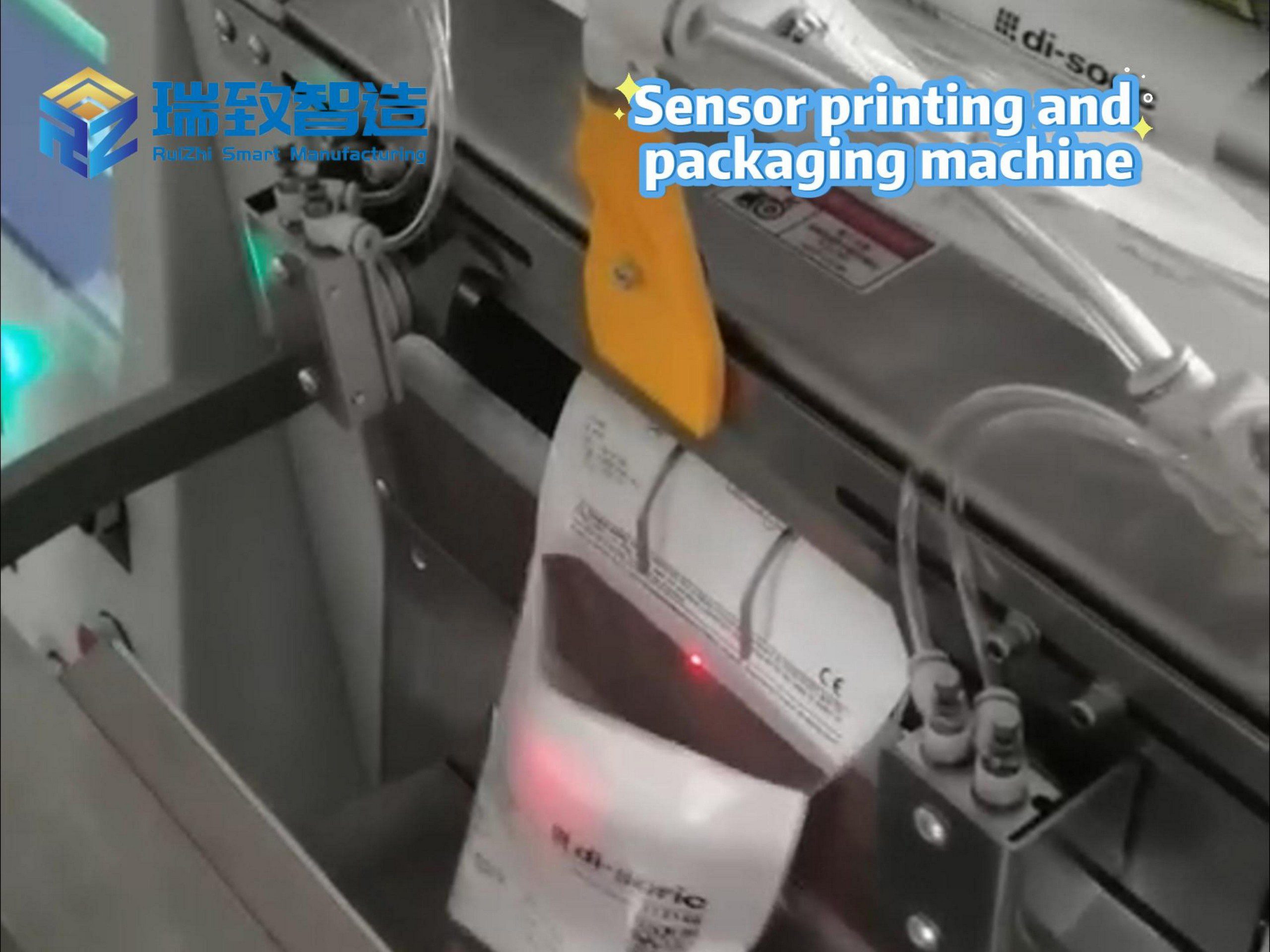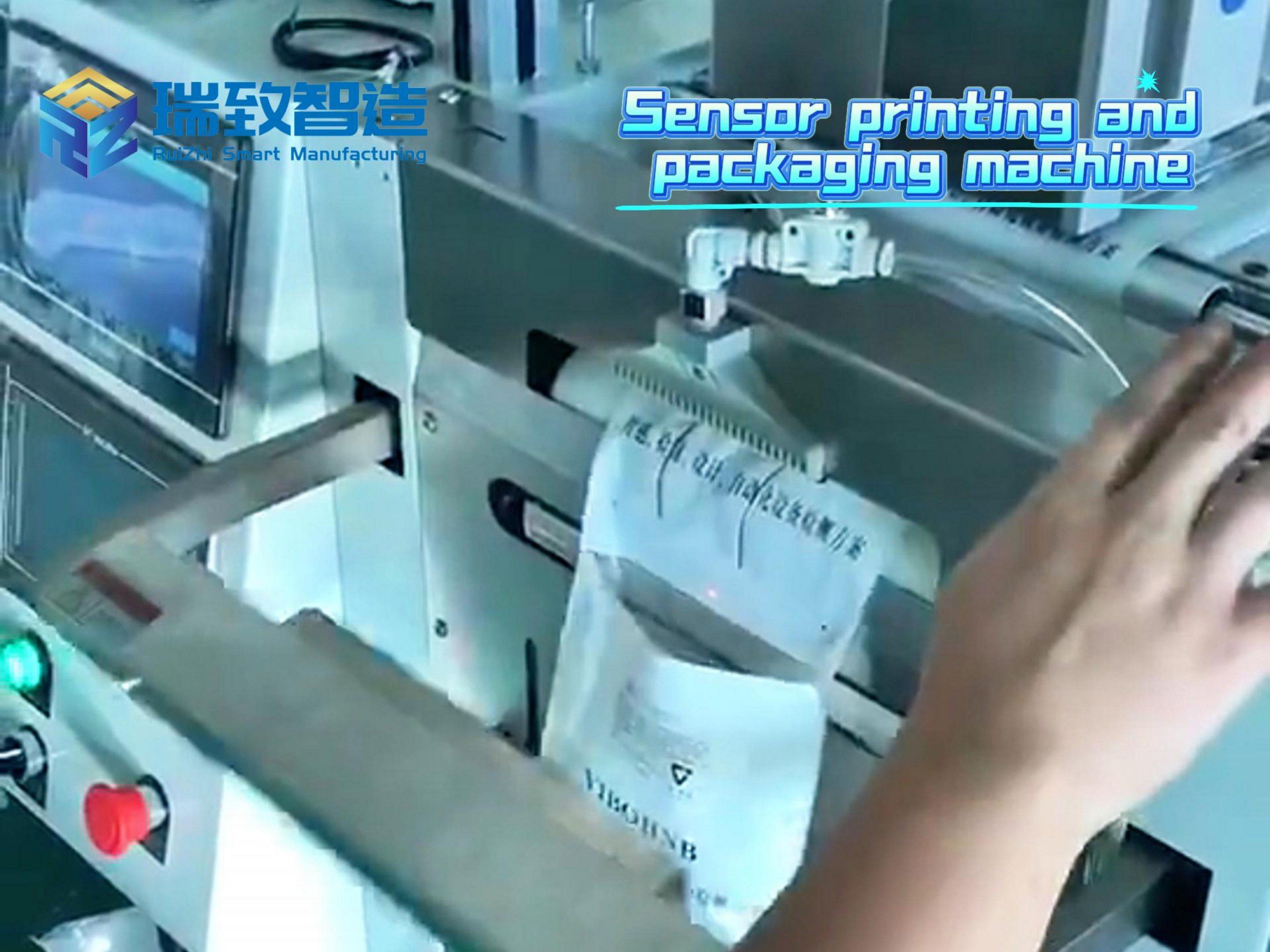
In an era of increasingly fierce digital competition, enterprises no longer win markets merely by responding to customer needs. True differentiation stems from the ability to deliver predictive and intelligent experiences. Real-time data and artificial intelligence (AI) have become the core drivers of this “Intelligent Experience (IX)”. They enable organizations to identify intentions, gain contextual insights, and make optimal decisions before customers even express their needs—forging a new competitive edge across experience quality, operational efficiency, and revenue growth.
From Passive Response to Proactive Intelligence
Intelligent Experience (IX) represents the next evolutionary stage in enterprise experience management. It goes beyond passively reacting to customer behaviors; instead, leveraging real-time data and AI, it predicts the help or information users may need before they ask, and takes proactive actions accordingly.
Compared with traditional Customer Experience (CX), IX is defined by two core traits: predictiveness and adaptability.
Traditional CX is typically reactive: it optimizes specific journey touchpoints, handles individual service tickets, or runs rule-based marketing campaigns.
Intelligent Experience, by contrast, is proactive: it infers user intentions, personalizes content and services in real time, and automates “next-best actions” across channels and business processes—enabling dynamic synergy in the user experience.
Experience Transformation Trends Driven by Real-Time Intelligence
Market Momentum and Technological Evolution
The realization of Intelligent Experience relies on the maturity and integration of multiple technological and market components:
Explosive Growth in Real-Time Analytics
According to Fortune Business Insights, global spending on the real-time analytics market is projected to grow from approximately $89 million in 2024 to $526 million by 2032, representing a staggering compound annual growth rate (CAGR) of 25%. This growth reflects enterprises’ shift from a “post-hoc reporting” data model to one focused on “in-the-moment decision-making”.
Continuous Expansion of Digital Experience Platforms (DXPs)
A Mordor Intelligence report indicates that the global DXP market is expected to grow from $16.1 billion in 2025 to $26.5 billion between 2025 and 2030. This reflects the rising demand among enterprises for integrated content, data, and decision-making—all of which serve as the foundational infrastructure for building Intelligent Experiences.
Significant Rise in Personalization Expectations
McKinsey data shows that 71% of consumers expect personalized interactions, while 76% feel frustrated when experiences lack personalization. Notably, enterprises that excel at personalization generate, on average, 40% more revenue than their peers.
In summary, the rise of Intelligent Experience is driven not only by enhanced technological capabilities but also by the convergence of market demand, user expectations, and business competition.

Five Core Capabilities for Realizing Intelligent Experience
- Event-Centric Data Architecture
The starting point of Intelligent Experience is capturing real-time signals—from clicks, transactions, and sensor data to service interactions.
These events need to be integrated via low-latency event streaming systems (e.g., Kafka) and stateful stream processing mechanisms, then stored in quickly queryable Feature Stores to support real-time judgments by decision engines.
Without this event-driven architecture, “personalization” would remain limited to static, average-level adjustments and fail to reflect users’ true, real-time intentions.
- A Decision-Making “Brain” That Combines Machine Learning and Rules
The “central nervous system” of Intelligent Experience is an intelligent decision engine that is self-learning, controllable, and strategy-sensitive.
It integrates predictive models (e.g., churn prediction, purchase propensity, upgrade probability), recommendation algorithms, Retrieval-Augmented Generation (RAG), natural language interaction, and business rules to deliver accurate, governable, and automated decisions.
This engine understands not only data but also business intentions.
- Unified Experience Platform (DXP)
The success of IX also depends on the unity of the experience layer.
Modern DXPs deeply integrate content management, journey orchestration, and API-first delivery. This decouples “decision logic (What)” from “experience presentation (How/Where)” while ensuring they operate in sync—enabling consistent experiences across web, mobile, service interfaces, and internal systems.
- Trust, Governance, and Controllability
Intelligent Experience must operate under the principles of “explainability, compliance, and switchability”.
This includes:
Clear mechanisms for data usage and user consent;
Transparency in model decisions and bias monitoring;
Safety switches for automated operations.
Enterprises that balance governance with real-time decision-making typically outperform industry leaders in terms of conversion rates and customer spending growth.
- Intelligent Empowerment for Employees
IX is not only about improving customer experience—it should also enhance employee experience.
In service scenarios, LLM-powered assistants can instantly summarize context, generate responses, and guide next steps;In knowledge work, AI “co-pilots” can automatically draft documents, perform knowledge retrieval via RAG, and identify anomalies from streaming telemetry data.
At its core, intelligence is not just about serving customers—it is about enhancing human decision-making and creativity.
Why Real-Time Analytics and AI Are Essential
The essence of Intelligent Experience lies in the combination of “real-time responsiveness” and “reasoning”.
To achieve the experience of “the system responds before the user speaks”, three elements are required:
Low-latency perception: Capturing micro-moments in real time, such as checkout hesitation, equipment failures, or policy changes;
Real-time reasoning: Dynamically assessing intentions and value (e.g., recommendations, transfers, or upgrades);
Instant execution: Triggering immediate actions across relevant channels—switching content, proactive outreach, referring to experts, or implementing self-healing operations.
This dynamic closed loop is equally critical in industrial scenarios, where IX extends beyond customer service to optimize production experiences. Take the Otomatik Sızdırmazlık Halkası Besleme ve Montajı system in automotive or home appliance manufacturing, for instance: high-speed vision sensors and pressure transducers on the assembly line capture real-time data—such as the alignment accuracy of sealing rings (to the nearest 0.01mm), the pressure applied during fitting, and the speed of material feeding. When the system detects a slight offset in the sealing ring’s position (low-latency perception), the AI decision engine immediately infers that this could lead to product leakage or assembly failure, and dynamically adjusts the robotic arm’s angle and feeding rhythm to correct the deviation (real-time reasoning); simultaneously, it sends a signal to the upstream material storage module to adjust the supply speed, preventing a backlog or shortage of sealing rings (instant execution). Without real-time data, this system would only operate on fixed pre-set parameters, resulting in high scrap rates from unforeseen deviations—clearly demonstrating how real-time data transforms mechanical assembly into an intelligent, adaptive experience that minimizes errors and maximizes efficiency.
When these three elements work in harmony, organizations can significantly improve key business metrics such as conversion rates, customer satisfaction, average handle time (AHT), and revenue.
In essence, by shortening the time loop of “signal → decision → action → outcome”, IX transforms traditional experience management into an intelligent system that is perceptible, predictable, and adaptive.
Conclusion: The Future of Intelligent Experience
Intelligent Experience is not a repackaging of Customer Experience—it is a new paradigm built on real-time data and AI.
It turns every interaction into an opportunity for learning and optimization, enabling organizations to respond precisely to user intentions the moment they emerge. This ushers in a new era of experience characterized by “predicting intentions and aligning outcomes”.
Future competition will no longer be about who owns more data, but about who can understand and act on it in the moment.
Real-time data and artificial intelligence are the core drivers of this future.




















